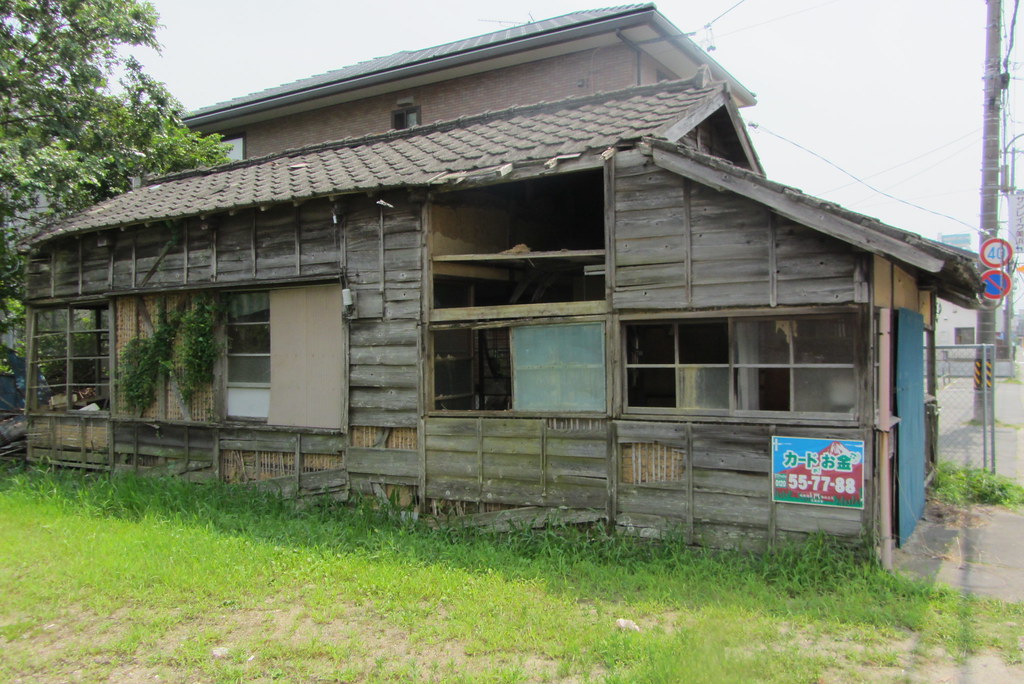Japan's demographic winter weighs heavily, as 1 in 7 houses empty
There are 9 million uninhabited houses, almost 14% of the country's residential building stock. A phenomenon destined to increase as the population ages. It is affected by people moving from the outlying prefectures to Tokyo, but also by the elderly dying or going into nursing homes. Buildings are not maintained, exposed to collapse and arson.
Tokyo (AsiaNews/Agencies) - The unstoppable aging of the Japanese population (even in 2023 the number of births reached a historic low) is the main factor behind the unprecedented increase in the number of vacant and abandoned houses in Japan.
According to a government survey published on April 30, there are a total of 9 million unoccupied homes, 13.8% of the total in the country, or 1 in 7. The progressive depopulation of peripheral prefectures also influences the figure - the rate is highest in Wakayama and Tokushima, at 21.2%, followed by Yamanashi, at 20.5% - with the exception of Tokyo.
About half of the 4.76 million vacant homes (akiya in Japanese) are for rent or for sale, according to data released by the Ministry of the Interior, while another 380 thousand are intended for seasonal or occasional use.
But the most significant data is the number of abandoned and unintended houses, which increased by 370 thousand units compared to the previous government survey: they are currently 3.85 million, the highest number ever recorded. Many of these buildings are in precarious conditions, with poorly lit windows, walls covered in climbing vegetation and unstable roofs.
They are often exposed to the risk of collapse because they lack maintenance for a long time, as well as to arson which undermines the safety of the neighbourhood, also becoming places for illegal waste dumping.
The survey, last conducted in October 2023, has been carried out every 5 years since 1948. The non-stop increase in the number of uninhabited houses has been recorded since 1973: the figure has doubled in the last 30 years, in line with the demographic winter that has continued for decades in Japan.
On the other hand, the number of foreign workers in the country is increasing, also as a result of political initiatives, not least the Cabinet decision last March to allow a further 820,000 people to participate in employment programs until 2028. It is the death of people elderly - deaths also record a record number: 1,590,500 in 2023 - contributing to the increase in the number of vacant homes.
But also their transfer to nursing homes; as well as the phenomenon of "nuclear families", with children living together with their parents, even if separated. Furthermore, after deaths, homes inherited from relatives are neglected and left unattended due to high demolition costs and other difficulties, including low marketability.
The prediction for the future is that the number of akiya houses is destined to increase, especially due to the aging of the baby boomer generation. To counter this trend, last December the government refined a law according to which municipal officials can ask owners of vacant homes to follow specific building management rules. If the indications are not respected, abandoned houses will no longer be able to benefit from tax breaks.
03/09/2022 13:39
12/01/2019 05:19







.png)










